Volunteers play key role in police searches for missing people
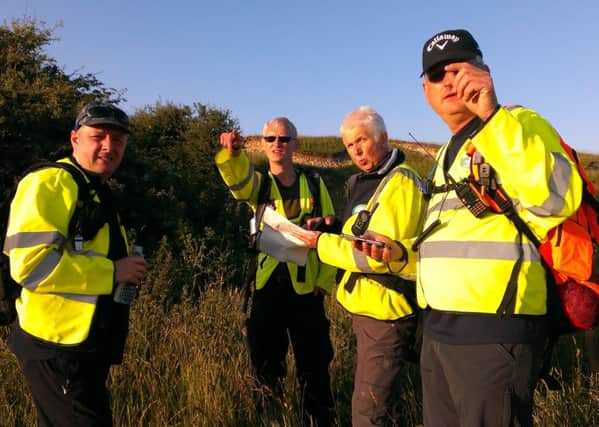

In fact, there is a specially-trained team of volunteers which Sussex Police can call upon 24 hours a day, seven days a week.
Sussex Search and Rescue (SusSAR) is the charity used to search for, and rescue, vulnerable missing people across the county.
Advertisement
Hide AdAdvertisement
Hide AdThere are currently 45 operational volunteers, mostly men, who give up their time free of charge.
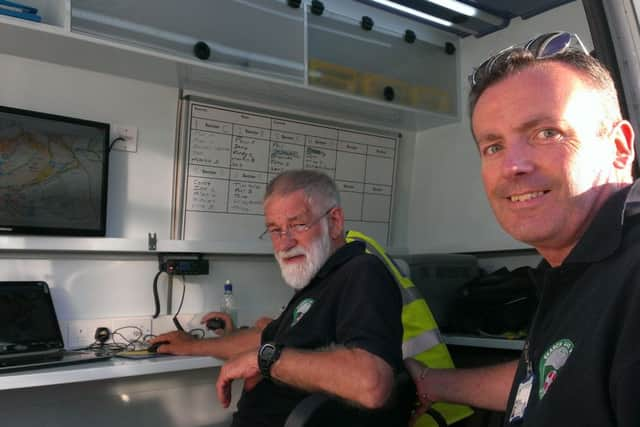

John Griffiths from Eastbourne, one of the three search managers, said the majority of their work involves looking for missing people but they are occasionally called out for evidence searches, too.
In 2009, for example, SusSAR was called out to St John’s Park, Burgess Hill, following a shooting incident.
Mr Griffiths explained: “Police called us out early on the Saturday morning because they believed the gun may have been dropped in the park and they wanted it found before families came out. We actually found an axe but not a gun.”
Advertisement
Hide AdAdvertisement
Hide AdHaving a team that is properly trained is the key, said Mr Griffiths. All volunteers are Disclosure and Barring Service (DBS) checked and must also complete a fitness test.
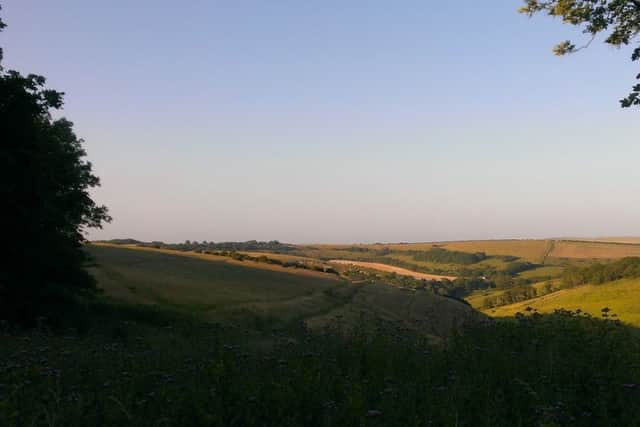

The Sussex team is one of many lowland search and rescue units across the country. It is affiliated to the Association of Lowland Search and Rescue (ALSAR), which co-ordinates the groups and sets the training standards.
The charity also now benefits from having its own mobile incident centre. The van was bought in 2013, when it was a year old, thanks to an £18,000 donation from Sussex police and crime commissioner Katy Bourne.
“Prior to that, we had spent seven years raising money ourselves and had reached £30,000, which went towards the conversion,” said Mr Griffiths.
Advertisement
Hide AdAdvertisement
Hide Ad“It is a panel van that is extra long, ideal for our needs, and there are not many of them about. It went to Santander to be fitted out, where two-thirds were made into an office with room for three people to work and the technology they need.”
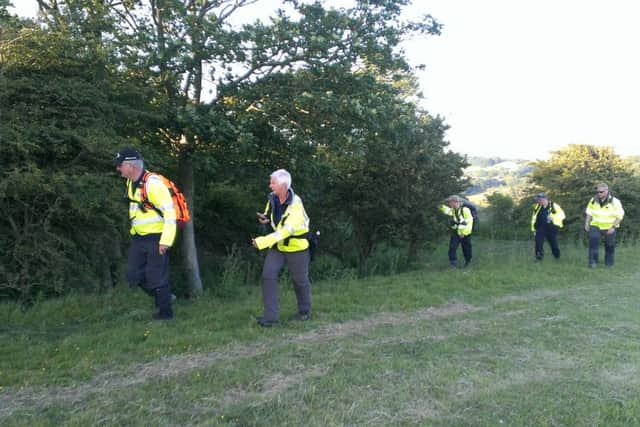

During an incident, there is a team based in the van, including a police officer. They will have maps of the area and will take radio calls from the field, recording any findings, and redistributing teams when any discoveries are made.
Mr Griffiths said: “The police will usually have done the planning and mapping before SusSAR gets there, so we can get straight on the ground and take the search forward.
“The search is carried out based on knowledge and past experience. The national body builds up a picture using statistics, so there is a lot of science behind it.”
Advertisement
Hide AdAdvertisement
Hide AdOnce the volunteers have gathered, teams of three or four people are organised and written up on the wipe boards in the van.
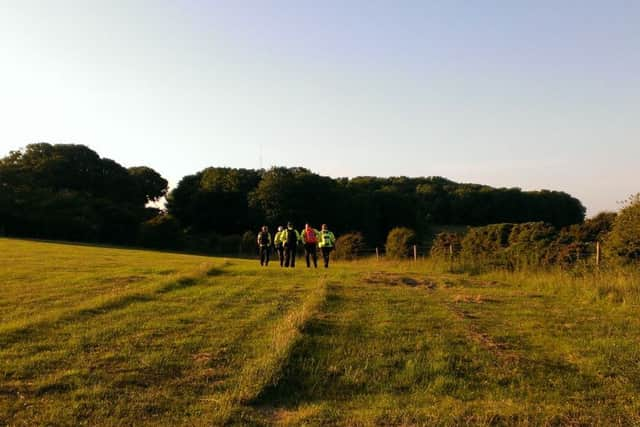

The team leaders are called over to the van for a briefing with the search manager and printed briefing notes are supplied to the team leaders, who will then go and speak to their teams separately and move out once they are ready.
Members of each team take responsibility for the radio, first aid kit and navigation.
Once the teams have gone a short distance, they radio back to the van as a test and each radio check is recorded in the van.
Advertisement
Hide AdAdvertisement
Hide AdEach team is given a separate area to check and will use various techniques, depending on where they are placed. For example, they may be checking through the undergrowth and will be looking forwards and behind once they pass, because the person may be avoiding being found.
The team trains regularly in various locations, as well as classroom-based sessions.
Mr Griffiths said: “We are always recruiting and training new recruits.”
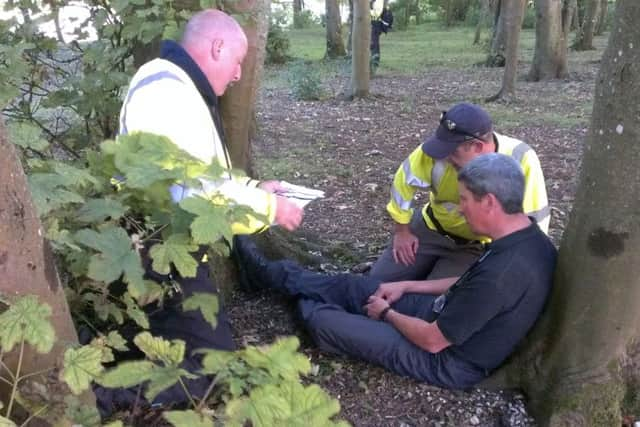

Visit www.sussar.org for more information.
Missing person exercise...
VOLUNTEERS gather at Devil’s Dyke, Brighton, on a glorious July evening for a SusSAR exercise.
Advertisement
Hide AdAdvertisement
Hide AdSearch manager John Griffiths is in charge on the day, having planned the training evening.
Briefing notes are handed out, identifying Robin Woodgate as the missing man. The 45-year-old is described as 6ft 1in tall, slim build, with dark brown hair.
Robin is a keen walker and travelled on a coach trip that morning from Ealing in London, with the walking group he belongs to. The group was due to leave at 4pm but Robin was not present when members were counted on to the bus. He has not been seen since 1pm, when they were having lunch in the pub.
Robin has early onset dementia but is otherwise fit and well. Sussex Police are very concerned for his welfare.
Advertisement
Hide AdAdvertisement
Hide AdVolunteers gather by the SusSAR control centre at 7pm. Teams of four are allocated and marked up on the wipe board.
Among them are six new members taking part in their first search and five more who are due to go operational following their final successful training exercise.
At 7.15pm, there is a briefing for all the team leaders, when search manager Peter Robinson explains the background and hands out the printed briefing notes.
The team leaders than take their own groups aside and plan their own routes, before setting off in various directions.
Advertisement
Hide AdAdvertisement
Hide AdBy 7.30pm, all the teams are underway, some working down the hill and others along the hilltop.
One team, for example, carries out a route and path search, which extends up to ten metres from the path.
Team leader Carol guides her group along the undergrowth, advising them where and how to search as they go.
Back at the control centre, Peter receives a radio call at 8.13pm to say a black wallet was found.
Advertisement
Hide AdAdvertisement
Hide AdThen at 8.22pm another team calls in with a possible sighting, though this turns out to be false.
At 8.30pm, a sighting in the woods is reported by a member of the public, so a team is directed there. They carry out a search using the cube technique, which involves looking vertically and horizontally.
Six minutes later, the team locates Robin, sitting against a tree, with an injured ankle.
Two first aiders go in and the others stay back, out of respect, and organise contact with the search managers.
Advertisement
Hide AdAdvertisement
Hide AdThe man playing Robin is a member of the team but continues to act like a casualty with dementia to aid the training.
Another team arrives in the wood and once Robin is placed on the stretcher, they take turns to carry him out, with spare volunteers checking the path is clear as they go.
Once the teams arrive back in the car park, John ends the exercise and the volunteers are debriefed.
Don’t miss out on all the latest breaking news where you live.
Advertisement
Hide AdAdvertisement
Hide AdHere are four ways you can be sure you’ll be amongst the first to know what’s going on.
1 – Make our website your homepage
2 – Like our Facebook pages
3 – Follow us on Twitter
4 – Register with us by clicking on ‘sign in’ (top right corner). You can then receive our daily newsletter AND add your point of view to stories that you read here.
And do share with your family and friends – so they don’t miss out!
Sussex Newspapers – always the first with your local news.
Be part of it.